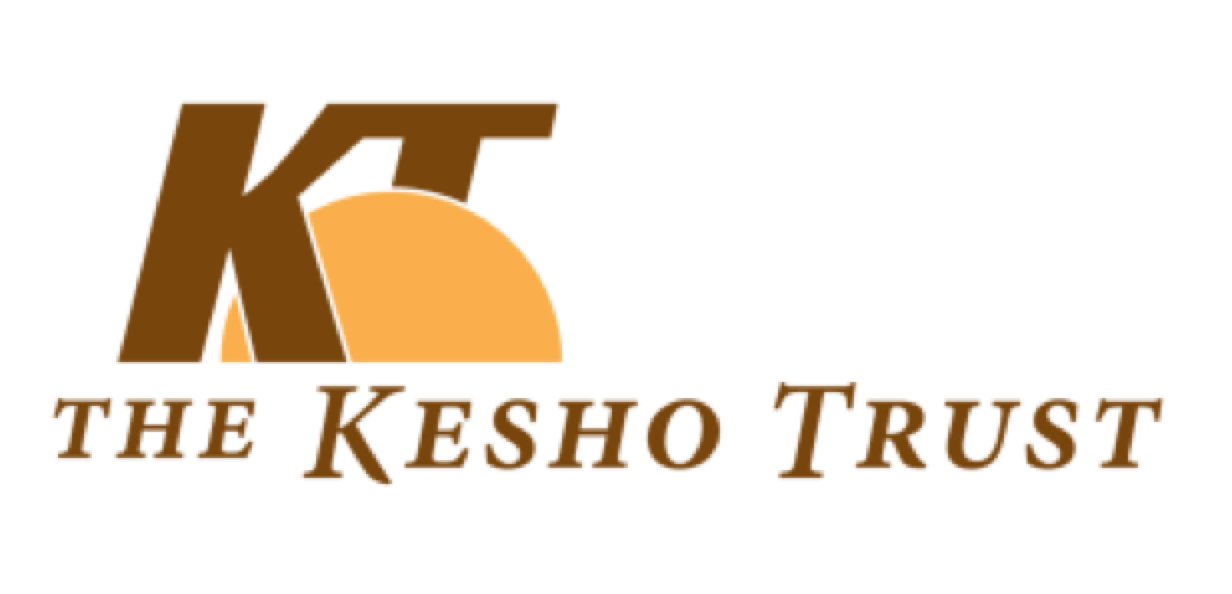
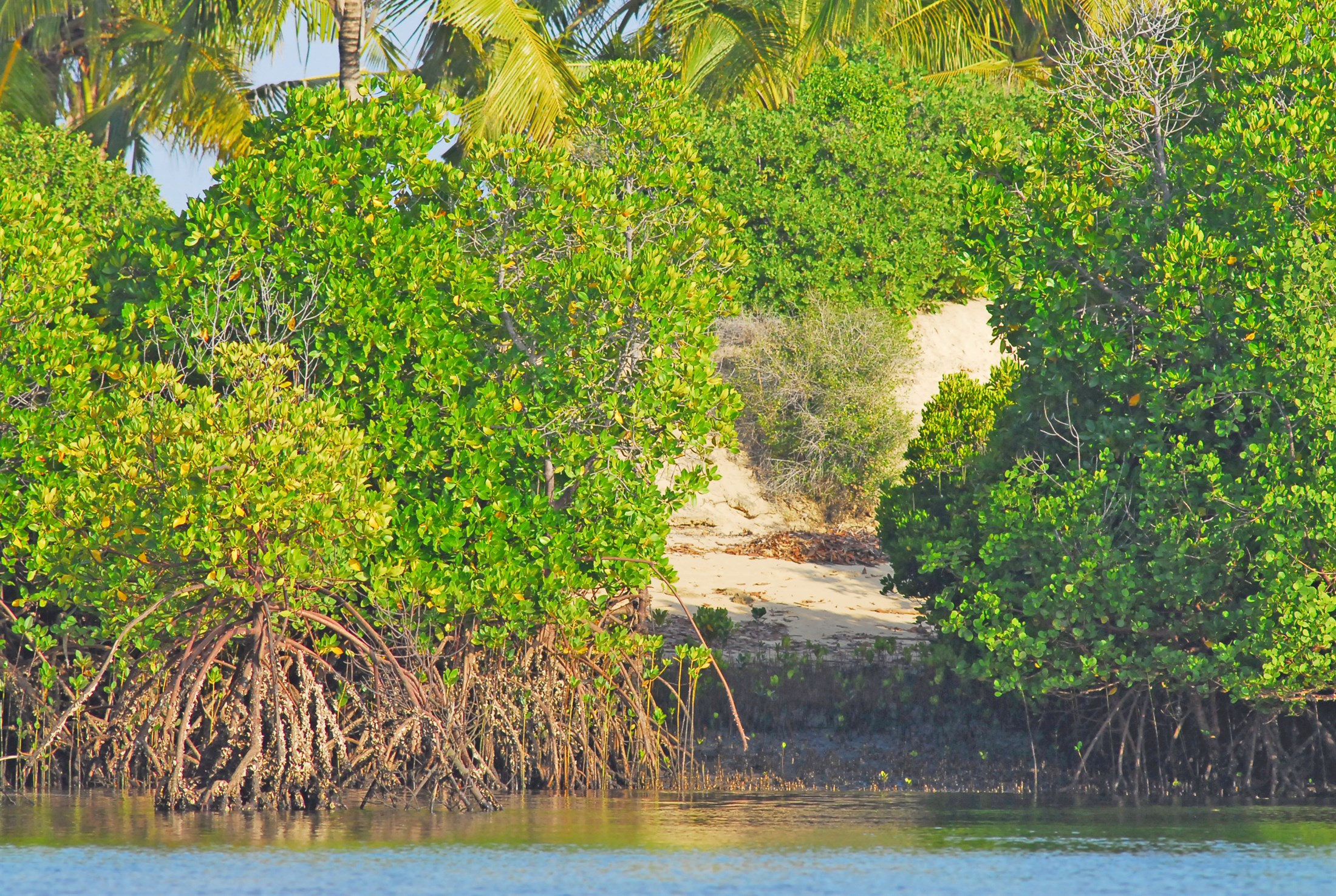 The Kesho Trust became a new partner of LT&C. Together and in cooperation with IUCN Panorama we will in late May run a workshop in the Saadani national park to study the potential development of the park towards becoming an LT&C-Example. The workshop is part of an LT&C study tour to 4 countries in East Africa.
The Kesho Trust became a new partner of LT&C. Together and in cooperation with IUCN Panorama we will in late May run a workshop in the Saadani national park to study the potential development of the park towards becoming an LT&C-Example. The workshop is part of an LT&C study tour to 4 countries in East Africa.
The Kesho Trust, a Canadian charitable organisation, works to facilitate and support community led activities that foster positive relationships between local communities and their natural environment and help safeguard the biodiversity around protected areas. Relationships between protected areas and local communities frequently suffer from a lack of mutual understanding and collaborative efforts to resolve issues. 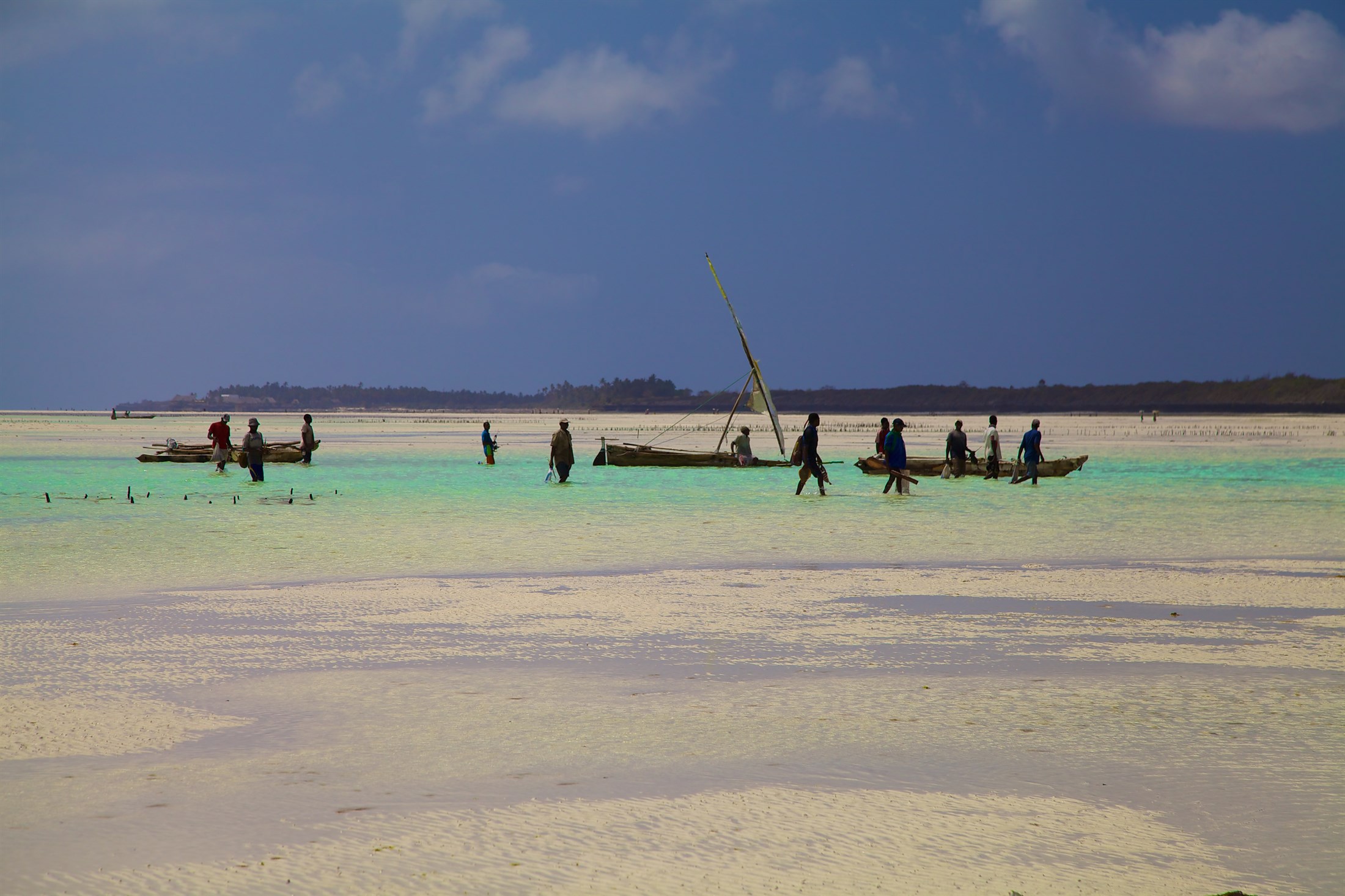 The Kesho Trust recognizes and works to improve this important interface. In doing so, we place a high priority on environmental education along with expanding environmentally compatible livelihood options and enterprises. These priorities focus on: improving the efficiency of land and natural resource utilization primarily related to agriculture and water supply; building effective community based natural resource governance mechanisms; and, supporting community based tourism.
The Kesho Trust recognizes and works to improve this important interface. In doing so, we place a high priority on environmental education along with expanding environmentally compatible livelihood options and enterprises. These priorities focus on: improving the efficiency of land and natural resource utilization primarily related to agriculture and water supply; building effective community based natural resource governance mechanisms; and, supporting community based tourism.
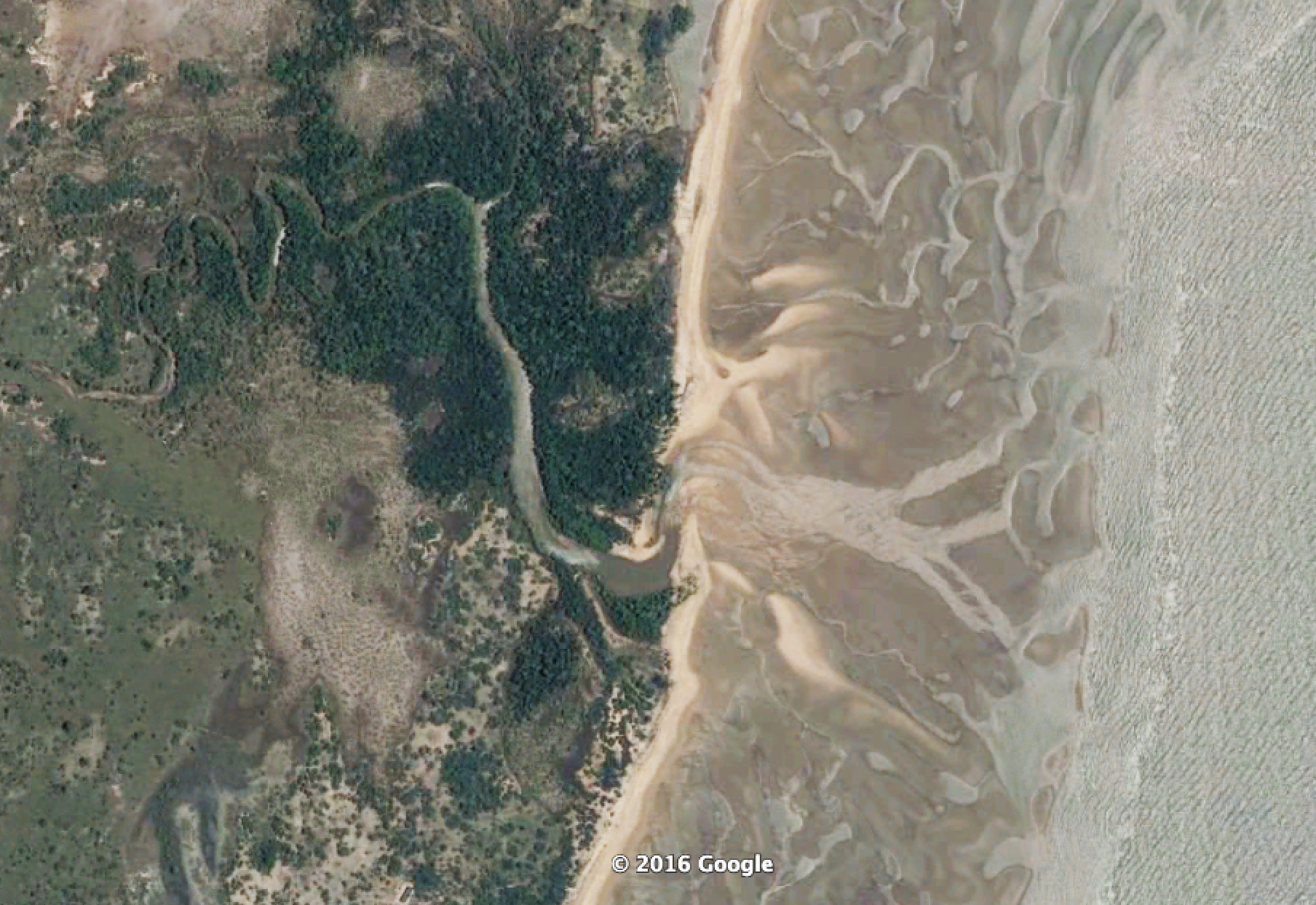 Gazetted in 2005, Saadani National Park accessed over half of its approximately 1,100 km2 from lands previously part of the surrounding 17 local villages. Community expectations resulting from such a contribution, mostly in employment and improved infrastructure, have not been met perpetuating very difficult relationships between the park and the most affected communities. Facing the added pressure of dramatically diminished resource productivity and ongoing boundary issues with the park, villagers are struggling to maintain never mind improve their level of well-being.
Gazetted in 2005, Saadani National Park accessed over half of its approximately 1,100 km2 from lands previously part of the surrounding 17 local villages. Community expectations resulting from such a contribution, mostly in employment and improved infrastructure, have not been met perpetuating very difficult relationships between the park and the most affected communities. Facing the added pressure of dramatically diminished resource productivity and ongoing boundary issues with the park, villagers are struggling to maintain never mind improve their level of well-being.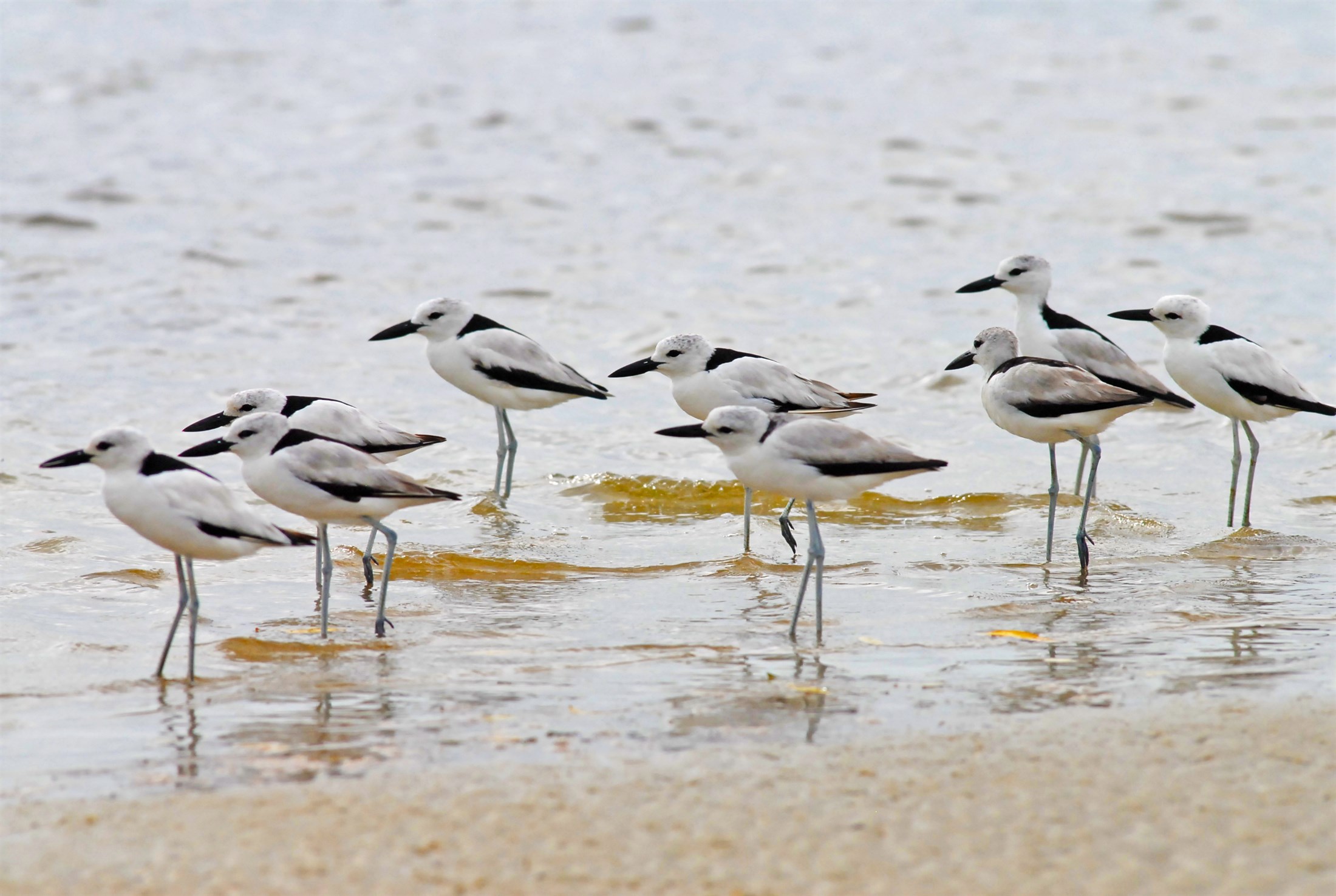
In response to this situation, Kesho Trust initiated a project called Promoting Environmental Conservation and Cooperation [PECC] which aimed to facilitate learning within the communities and open dialogue with park staff regarding the issues between the parties including exploring future livelihood options. In September of 2015, an IUCN review of the PECC project involved meetings with three village committees and a workshop with representatives from the park and all six villages participating in the PECC project. Progress in the project was documented as a case study and posted on the Panorama website.


